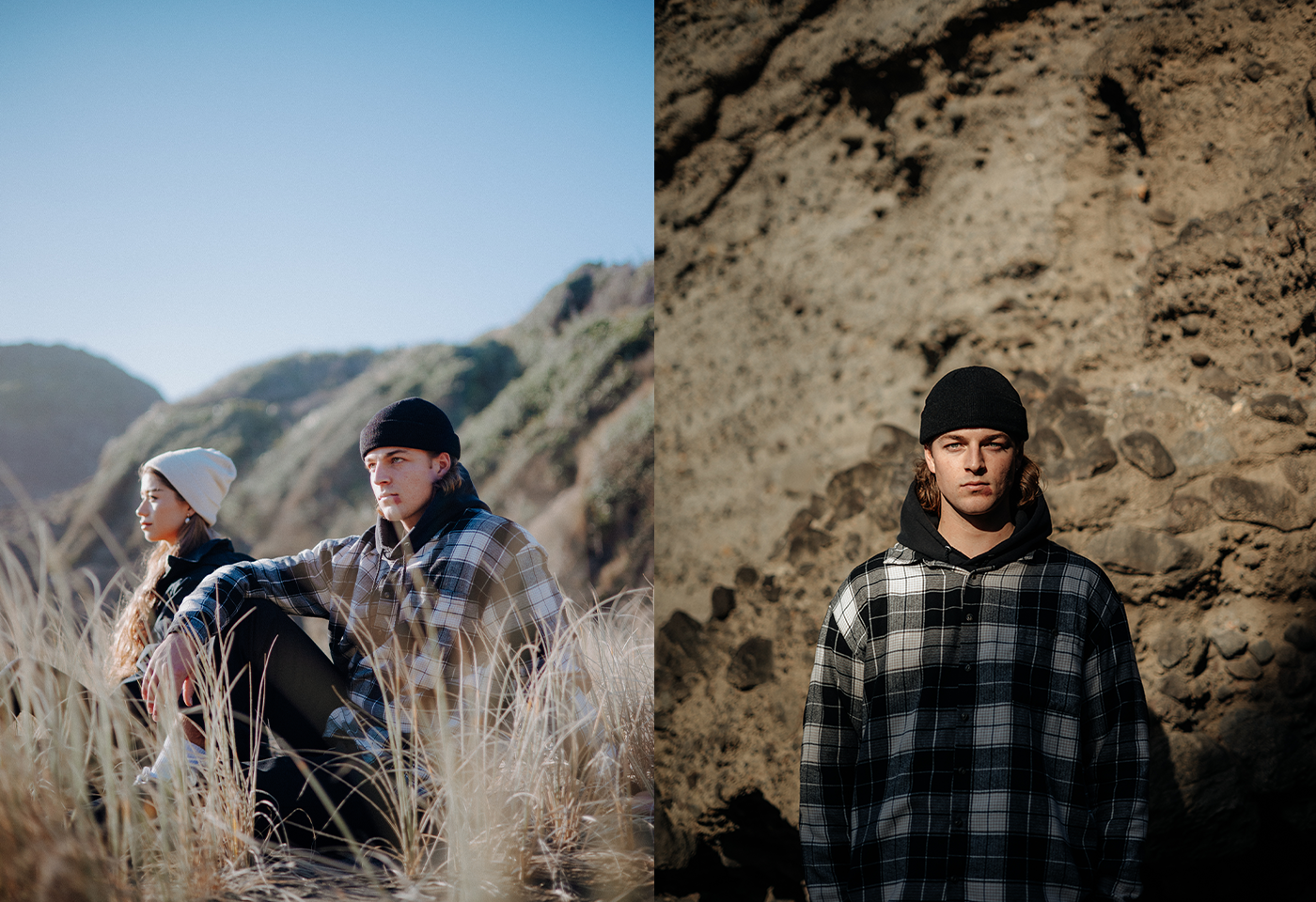- Choosing the best prime lens for your Canon camera
-

There’s a lot to consider when choosing a new lens – It can be quite daunting especially if you are new to the photography scene evaluating between the many lenses to choose from. Here are some tips on picking your perfect prime and portrait lens.
Prime lenses are lenses that have a fixed focal length as opposed to zoom lenses that enable zooming in and out. Most prime lenses offer a wider aperture often ranging from f/2.8 to f/1.2 which allows for superior performance in low-light conditions and the creation of beautiful background blur. Prime lenses can also be more compact which makes it incredibly beneficial when travelling. Their fixed focal length construction results in sharper image quality with minimal distortion or aberration. Prime lenses are commonly known as portrait lenses because many of them have ideal focal lengths for photographing portraits
Benefits of choosing a prime lens
✓ Superior image quality
✓ Can be more compact in comparison to a zoom lens
✓ Great low light performance
Trying to decide whether you need a prime lens, and if so, which to choose? Here are some popular prime lens focal lengths
35mm
Lenses below 35mm are classified as wide angle. Popular with filmmakers and photographers, this focal length is great for landscape, scenery, capturing mid length portraits, and vlogging. They are also often compact and lightweight, great for travelling.
50mm
50mm lenses are the closest replication of human perspective therefore offering a comfortable perspective for photos. 50mm offers a flattering focal length for weddings, portraits, street photography, travel and landscapes. A 50mm prime lens is often recommended to photographers due to its versatility.
85mm
85mm is the classic portrait focal length, it offers more bokeh (blurry backgrounds) in comparison to 35mm or 50mm prime lenses. The longer focal length also minimizes distortion and does the best job of accurately capturing subject proportions, delivering a flattering effect on faces. 85mm are also popular amongst street and product photographers.
 Shot on Canon EOS R6 with RF 50mm f/1.8 STM Lens
Shot on Canon EOS R6 with RF 50mm f/1.8 STM Lens
Understanding how to read a lens name can be helpful when trying to decide which lens is best suited for your photography needs. There are different components which break down the compatibility to specifications:
E.g., RF 50mm f/1.2L USM
RF - Mount system
50mm - Fixed focal length
f/1.2 - Aperture
USM - Motor type
Choosing between a prime lens and a zoom lens depends on your specific photography needs and style. Prime lenses are great for achieving high optical quality and low-light performance with a fixed focal length, while zoom lenses offer versatility and convenience with their ability to cover a range of focal lengths. Many photographers opt for a combination of both types to cover various shooting scenarios.
Focal Length
• Prime Lens: Prime lenses have a fixed focal length, meaning they cannot zoom in or out. They have a single, specific focal length, like 50mm or 85mm.
• Zoom Lens: Zoom lenses offer a variable focal length. They can cover a range of focal lengths, such as 18-55mm or 70-200mm, allowing you to zoom in and out.
Optical Quality
• Prime Lens: Prime lenses are known for their excellent optical quality. They often have wider apertures (e.g., f/1.4, f/1.8), which can result in sharper images and better low-light performance.
• Zoom Lens: Zoom lenses may have good optical quality, but they often have smaller apertures, especially at the telephoto end, which can affect image sharpness and low-light performance.
Low Light Performance
• Prime Lens: Due to their wider apertures, prime lenses perform exceptionally well in low-light conditions. The larger aperture allows more light to enter the camera.
• Zoom Lens: Zoom lenses with smaller apertures may struggle in low light, especially when zoomed in, as they let in less light.
Portability and Size
• Prime Lens: Prime lenses are typically more compact and lightweight because of their simpler optical design with a fixed focal length.
• Zoom Lens: Zoom lenses can be bulkier and heavier, especially those with longer focal length ranges.

Wide angle lenses allow you to capture more of the scene in your image, making these types of lenses perfect for architecture, large crowds and landscapes. Discover how to choose the perfect wide-angle lens for your camera with our expert guide.

Discover the camera gear and settings you’ll need to photograph storm clouds, lightening, thunderstorms and wild, wild weather.

Elaine shares her favourite photography locations in Helsinki and Lapland. From snow-white fields to ethereal pine forests, Finland sure has a lot to offer.